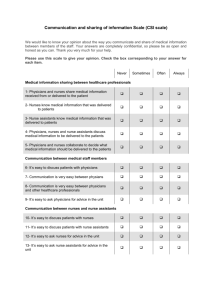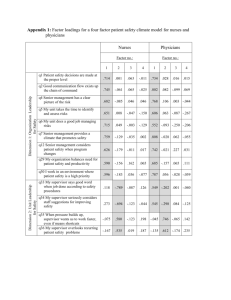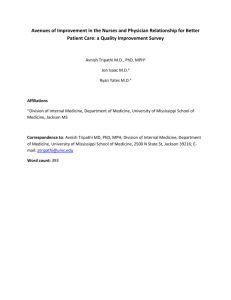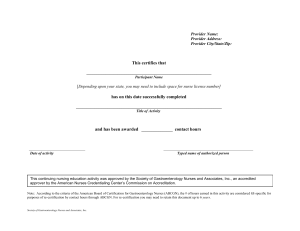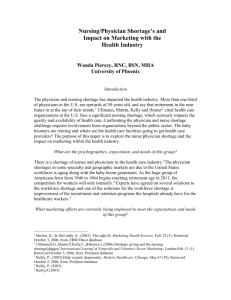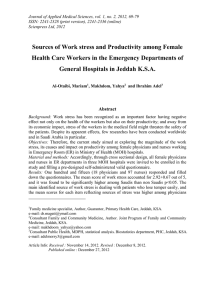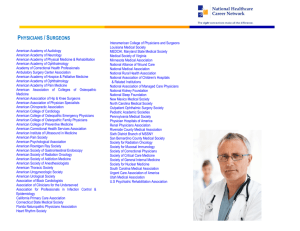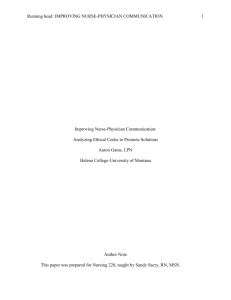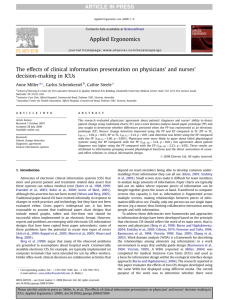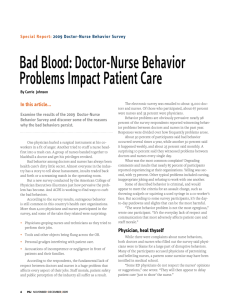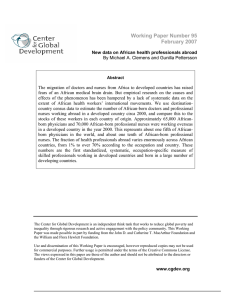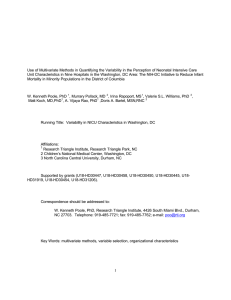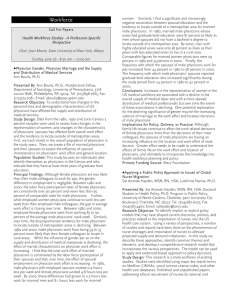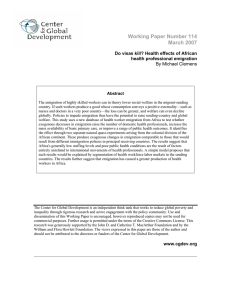BEST PRACTICE 100% Compliance through a Strict Accountability
advertisement
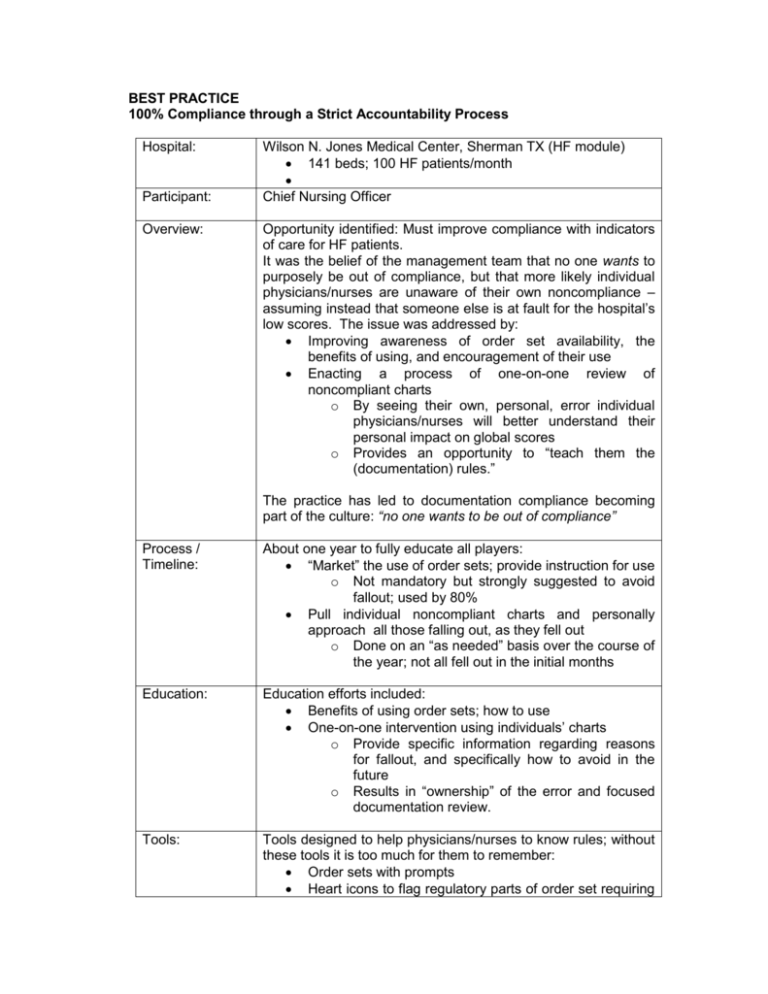
BEST PRACTICE 100% Compliance through a Strict Accountability Process Hospital: Participant: Overview: Wilson N. Jones Medical Center, Sherman TX (HF module) 141 beds; 100 HF patients/month Chief Nursing Officer Opportunity identified: Must improve compliance with indicators of care for HF patients. It was the belief of the management team that no one wants to purposely be out of compliance, but that more likely individual physicians/nurses are unaware of their own noncompliance – assuming instead that someone else is at fault for the hospital’s low scores. The issue was addressed by: Improving awareness of order set availability, the benefits of using, and encouragement of their use Enacting a process of one-on-one review of noncompliant charts o By seeing their own, personal, error individual physicians/nurses will better understand their personal impact on global scores o Provides an opportunity to “teach them the (documentation) rules.” The practice has led to documentation compliance becoming part of the culture: “no one wants to be out of compliance” Process / Timeline: About one year to fully educate all players: “Market” the use of order sets; provide instruction for use o Not mandatory but strongly suggested to avoid fallout; used by 80% Pull individual noncompliant charts and personally approach all those falling out, as they fell out o Done on an “as needed” basis over the course of the year; not all fell out in the initial months Education: Education efforts included: Benefits of using order sets; how to use One-on-one intervention using individuals’ charts o Provide specific information regarding reasons for fallout, and specifically how to avoid in the future o Results in “ownership” of the error and focused documentation review. Tools: Tools designed to help physicians/nurses to know rules; without these tools it is too much for them to remember: Order sets with prompts Heart icons to flag regulatory parts of order set requiring documentation Compliance Communication: Individual physician: Non-compliance communicated personally, in person or by phone; must be done by someone who understands core measures and specifically why chart fell out, as well as specifically what needs to change o Initially handled by executive level (CNO) as quality/policy nurses were uncomfortable in role due to physician defensiveness o Following physician acceptance of policy, quality (“policy”) nurses able to handle Chief of staff rarely involved; limited to addressing repeat offenders Individual nurses: Fall-outs sent to nursing director who must document one-on-one follow-up with nurse Global: Quarterly meetings to communicate global results o Taking it to meetings makes it “part of the culture” Up-to-date unit results posted on every unit Impact: Improved compliance; now a part of the culture: No one wants to be continuously noncompliant or the one contributing to lower global scores Advice: Encourage use of order sets so more likely to meet measures. Educate physicians/nurses regarding documentation “rules:” Continually monitor noncompliance, drilling down to individual physicians; conversations regarding noncompliance must be: o Conducted by someone who knows the rules and can identify “exactly” the reason for fall-out o Conducted only if 100% sure (checked and double-checked) chart is noncompliant Quality department’s efforts must be fully supported by senior management who, in turn, address consistently non-compliant physicians.
